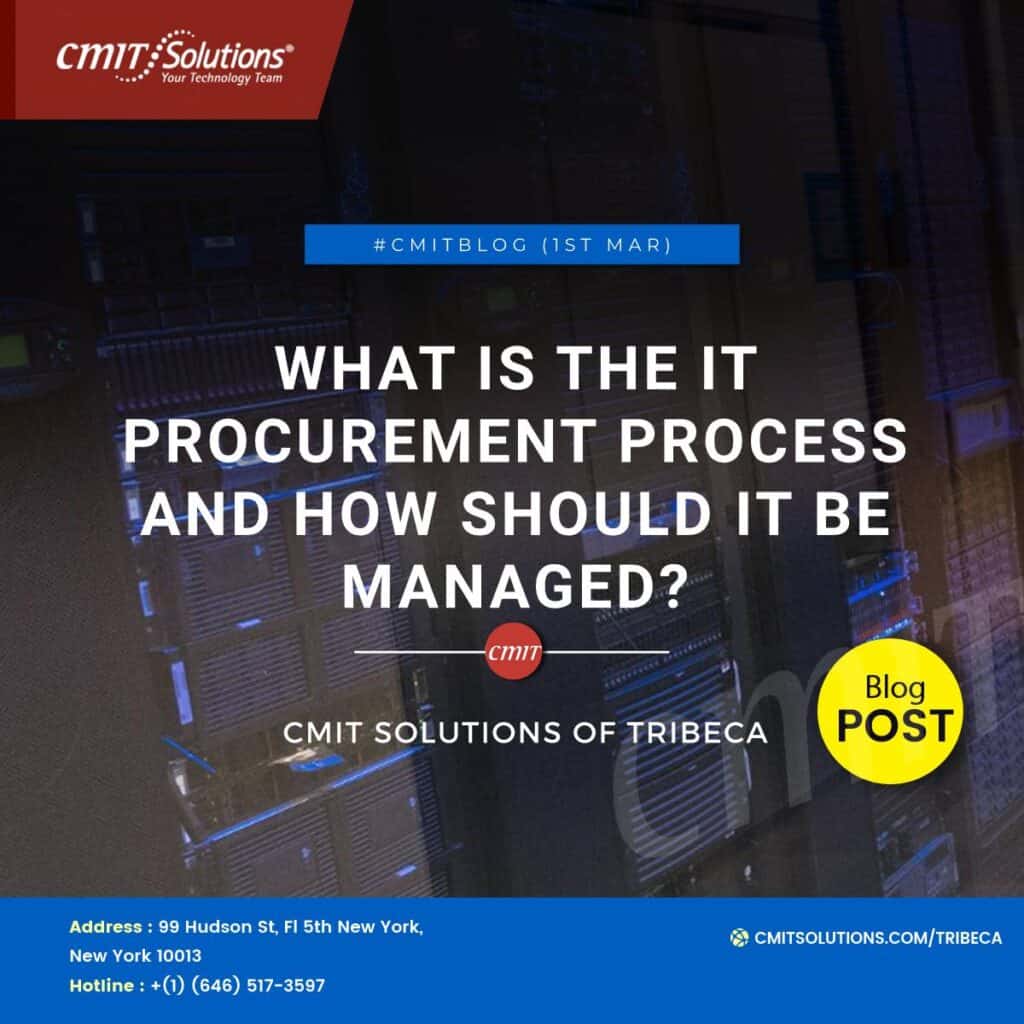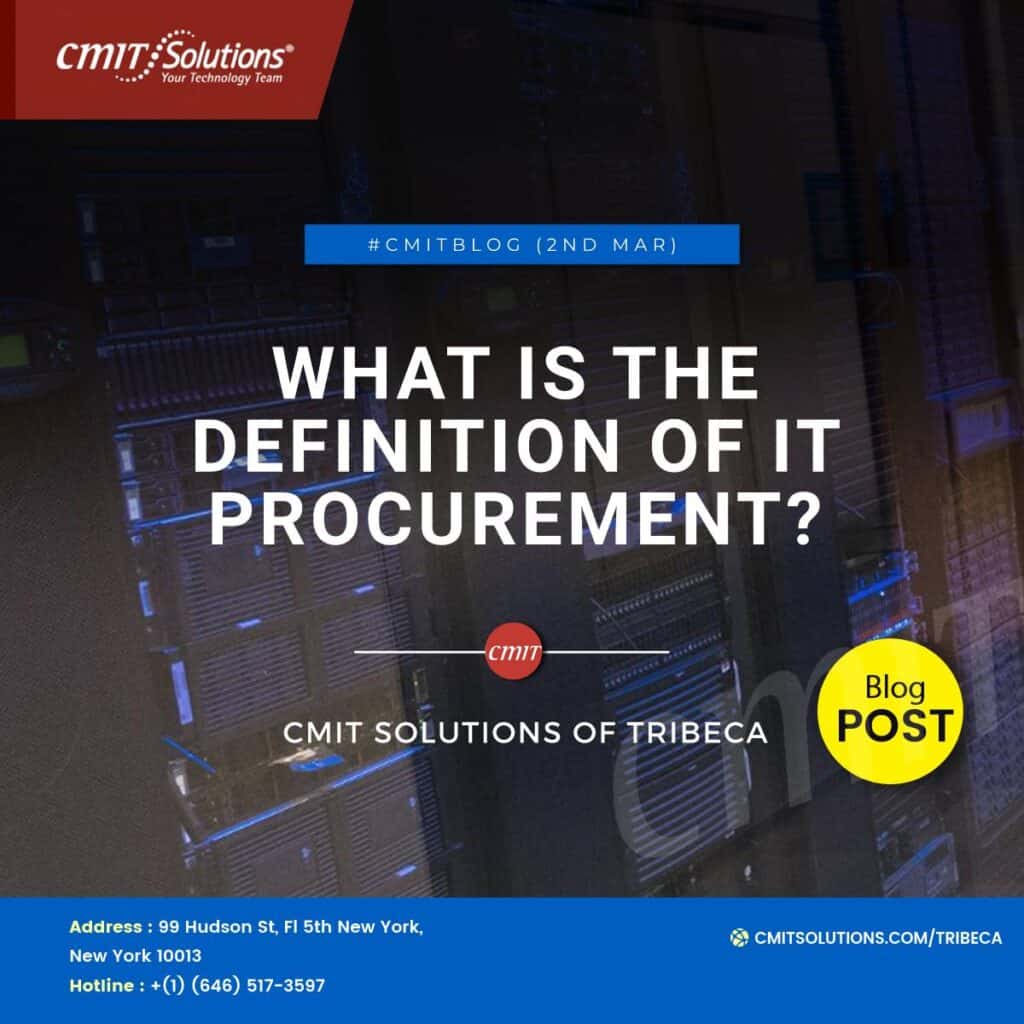/Recent technological developments have significantly impacted numerous commercial activities. Supply chain management and procurement are undergoing a rapid shift, particularly in the back office. Digitally transformed businesses are more efficient, spend less money, and adjust to the fast-shifting needs of their customers.
To stay current, lucrative, and competitive, businesses must keep up with new technologies. The same is true of procurement. The use of modern technology has streamlined numerous procedures, including e-procurement, contract repositories, supplier performance management, expenditure analysis, supplier information management, AP automation, business networks, contract authoring, and others.
Today, there are many software, hardware, and accessory options. Finding the most acceptable technology to invest in to get the most out of your IT budget is not always straightforward.
It would help you fully comprehend the significant trends affecting the procurement process to fully utilize the newest technologies. This will help you decide which tools suit your organization’s needs.
Top Technology Trends in Procurement
Here are a few instances of how technology is supporting businesses in the procurement process to increase cost-efficiency while enhancing customer satisfaction:
1. Procurement Software in the Cloud
Many business processes, including procurement, are supported by cloud computing and SaaS technologies. The subscription model allows businesses to get free access to the most latest procurement automation tools.
Businesses may lower upfront costs, cut administrative expenses, and enhance real-time information exchange thanks to cloud-based solutions. Applications are accessible by employees from anywhere at any time. This helps businesses boost productivity and maintain their competitiveness in the global economy.
With a wide choice of adjustable and scalable Procurement-as-a-Service alternatives, several new players have entered the market. Modern firms can now affordably incorporate new technologies into ongoing operations.
2. Platforms and Microservices with Low-Code
Companies can take advantage of APIs (application programming interfaces) and microservices at a reasonable cost, thanks to the widespread use of cloud computing. Numerous applications can be integrated into an organization’s current systems. They can automate operations and facilitate information interchange without the need for custom coding.
These low-code workflow automation platforms eliminate the need for the IT department’s assistance in implementing system changes. As a result, business users now have greater flexibility and autonomy. They can, for example, manage workflow automation through a visual, drag-and-drop interface to maximize efficiency.
All-in-one platforms already in use will develop to give users more choices. They’ll be able to combine and contrast different applications. This makes creating a venue suited to the businesses’ requirements easy. Companies won’t pay for features they don’t use anymore.
3. Automation of Processes
According to a recent poll, 63% of procurement leaders prioritize automation in their digital transformation initiatives. Many of these initiatives use AI-powered technologies like machine learning and predictive analytics. These technologies enable organizations to analyze large amounts of data quickly. The resulting insights improve operational cost-efficiency while responding to market demand quickly.
The procurement process can benefit from two types of automation. Business process automation (BPA) focuses on the entire process to make faster and more accurate decisions. You can, for example, use purchase order automation to streamline operations and sales order form automation to improve customer experience.
On the other hand, robotic process automation (RPA) automates repetitive, manual, and low-value-add tasks (e.g., data entry). Its goal is to reduce labor costs and human errors.
Organizations can improve their bottom line by identifying business needs, mitigating risks, eliminating repetitive processes, facilitating supplier management, tracking spending, and forecasting market demand using automation technologies.
4. Analytics of Data
According to Deloitte’s Global Chief Procurement Office Survey, analytics will impact the procurement process the most. Participating organizations intend to use data analytics for cost optimization (50%), process improvement (48%), and management reporting (45%).
A data-driven approach will assist businesses in gaining insights and developing innovative solutions to modern challenges. They will reduce uncertainty in decision-making, inefficient resource use, and other issues to demonstrate procurement’s value and drive organizational changes.
The key to implementing an analytically-driven procurement strategy is integrating analytics into the decision-making process rather than treating it as a separate project.
5. AI-Powered Technologies
Because data is readily available, businesses must be able to process large amounts of information in real-time in order to make accurate data-driven decisions.
For example, by analyzing critical metrics for renewal and performance, AI can be used to source vendors and aid contract management. To reduce errors, machine learning can be used to automate review and approval processes, as well as to update catalog or contract data on products, materials, and suppliers.
IoT devices can be used to track the movement of physical assets throughout the supply chain to improve operational efficiency. AI-powered chatbots can provide instant insights to inquirers, assisting in better decision-making and facilitating customers’ purchasing experiences.
6. Tools for Collaboration and Communication
Organizations must break down internal silos to differentiate themselves from competitors and attract more customers. Companies can support a customer-centric procurement process that provides a seamless purchasing experience by utilizing the appropriate collaboration and communication tools.
Organizations can boost productivity and save money by streamlining internal collaboration. They can improve external communication to strengthen supplier relationships and reduce supply chain risks.
Furthermore, many collaboration tools enable real-time information sharing throughout the organization. You can, for example, connect the “transactional” and “administrative” aspects of the procurement process. This allows you to increase operational efficiency while decreasing errors and delays caused by manual data and file transfers.
7. Services for Mobile Devices
Tablets and smartphones have integrated seamlessly into our daily lives. Additionally, as procurement professionals spend a lot of time away from their workstations, they have evolved into crucial business tools.
Users can manage the procurement process from anywhere with an Internet connection using mobile devices and mobile-friendly services. It enhances the benefits of cloud computing by making various digital tools more accessible.
Demands and expectations for mobile services will only rise as more millennials assume decision-making roles. 42% of organizations intend to invest significantly in mobile technologies to support procurement activities. As previously stated, mobile helps to improve cost efficiency and productivity.
8.Portals of Self-Service
Instead of being controlled by the office, the next generation of procurement systems will be user-driven. Over 70% of companies are investing in self-service portals as more buyers prefer to interact with businesses through such technology.
Self-service portals help to improve customer experience, satisfaction, and retention. They also enable businesses to reduce costs and increase efficiency.
Self-service procurement platforms will be given top priority by many organizations, allowing end users to carry out non-critical purchases and manage their account information. This frees up staff and resources in procurement for handling more complicated contracts. They can offer a much more effective and individualized shopping experience.
Conclusion
Today’s technologies used in various procurement activities are converging to complement each other’s effectiveness.
In the business environment, new technologies abound. These include cloud computing, native mobility, social collaboration, and AI-assisted decision-making. Organizations need more than transactional tools to effectively handle their increasingly complicated procurement procedures.
Organizations can use the procurement process to add more value to the business. Simultaneously, they can transform themselves into customer-centric organizations that will thrive in the coming decade and beyond.








